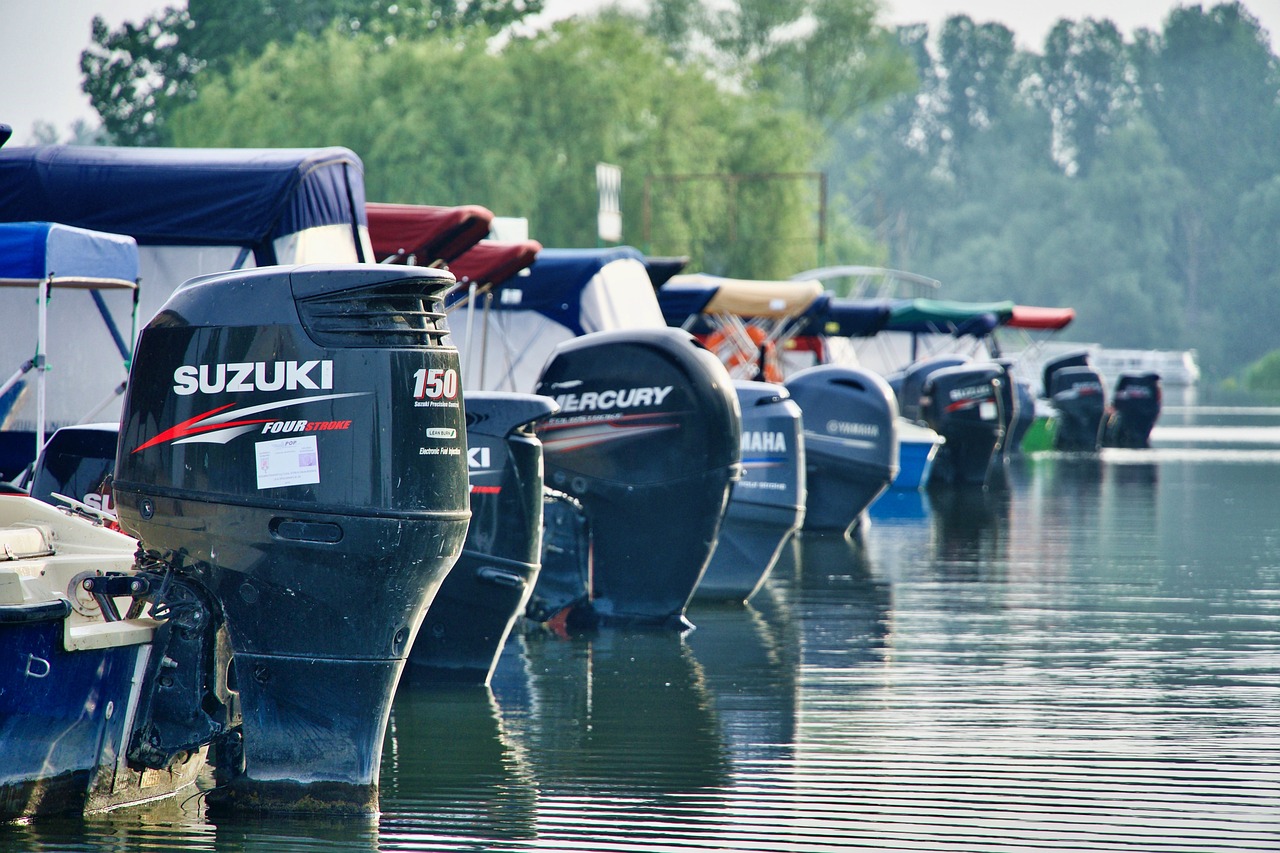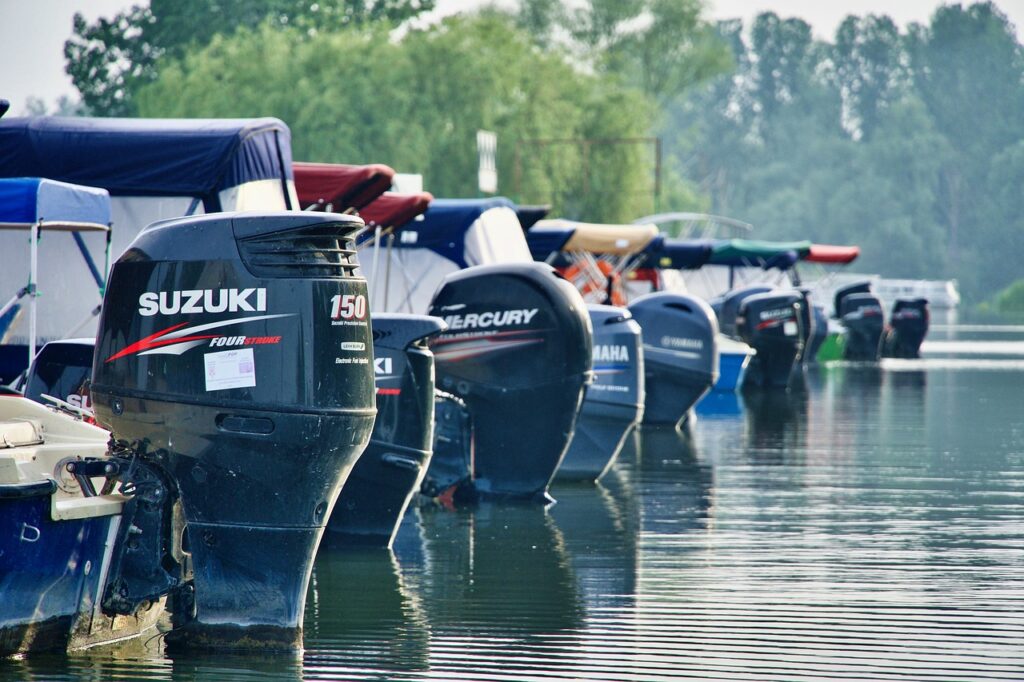As you embark on your journey as a sailboat owner, there are a multitude of terms and concepts that you will need to familiarize yourself with. One of the most important concepts to master is propwalk. This term refers to the effect that your propeller has on your boat’s movement when you are in reverse gear. While it may seem like a minor detail, understanding propwalk can make a big difference in how you handle your sailboat. In this blog post, we will dive into what propwalk is, what causes it, and how to use it to your advantage when docking or manoeuvring in tight quarters.

The first thing you need to know about propwalk is that it is a natural occurrence that happens on any boat with a propeller. Essentially, when you are in reverse gear, your propeller creates a force that pushes the stern of your boat to one side or the other. This force can be quite significant, particularly on larger boats or those with more powerful engines. One of the most important things to understand about propwalk is that it is not always predictable, and can vary based on a number of factors, including the type of propeller you have, the shape of your boat’s hull, and the strength and direction of the wind and current.
So, how do you use propwalk to your advantage? One of the most common scenarios where understanding propwalk is crucial is when docking your sailboat. By using propwalk to counteract the forces acting on your boat, you can make tight turns and dock with precision. For example, if you want to turn your boat to port when reversing, you would put your rudder to starboard and give the engine a burst of power in reverse. This will cause the stern to swing to port, and the bow will pivot in the opposite direction, helping you execute the manoeuvre smoothly. Similarly, if you want to dock your boat parallel to a dock, you can use propwalk to walk your boat towards the dock by giving it bursts of power in reverse while keeping the rudder centred.
It’s worth noting that different types of propellers can have different propwalk characteristics. For example, a right-handed propeller will induce more propwalk to starboard, while a left-handed propeller will induce more to port. Propwalk can also be affected by the pitch of your propeller, the size of your boat, and the shape of your hull.
Another way to use propwalk to your advantage is during a sail change. In some cases, you may want to use your engine to hold your boat in place while you prepare to hoist or drop a sail. By understanding how propwalk affects your boat, you can position it more precisely and hold it in place more easily.
Finally, it’s important to remember that propwalk isn’t just a helpful tool – it can also be a challenge to overcome. If you’re not careful, propwalk can cause your boat to drift off course or hit obstacles during docking or tight manoeuvres. It’s important to practice using propwalk under different conditions to gain an intuitive sense of how it works and how it can best be used to your advantage.
Conclusion:
In conclusion, propwalk is a fundamental concept in sailboat handling that every boat owner should understand. By grasping the physics behind propwalk and learning to apply it effectively, you can confidently manoeuvre your boat in any situation. Remember to take into account the various factors that can affect propwalk, and always practice safe boat handling techniques to keep yourself and your vessel in top shape. With a little practice and patience, you’ll be a pro at using propwalk in no time.
Thank you for reading today’s blog post, if you would like to see more articles, check out our blog page where you can see our full library…
Still not convinced? The team at Deep Blue Sea Training Sea School in Mallorca has years of experience and are held in the highest regard by our large and growing base of very happy students. Our feedback is exceptional, and is a result of our drive and commitment to deliver the very best RYA training using the latest equipment, methods and approaches. Listen to what our customers say about Deep Blue Sea Training.

